Sanjusangendo Temple is one of the most famous Buddhist sites in Kyoto. It was built during the 12th century, and in the past, archery and dueling competitions were held here, which were practiced throughout Japan. Upon my arrival at the temple, I was greeted by 28 statues of gods originating from Hinduism, whose role is to protect the place. The presence of these statues indicates influence from other countries across Asia in this region of Japan, as Hinduism comes from India. In addition to these 28 statues, around 1,000 different statues are scattered throughout the temple, some of which reach a height of more than 3 meters.
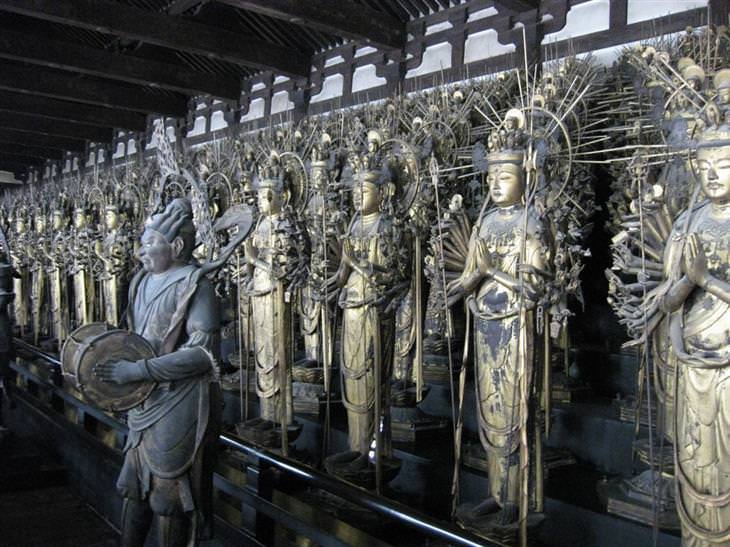

The Zen temple Ryoanji in northern Kyoto contains one of the few remaining examples of Japanese art known as "Karesansui" – a rock garden that looks like a shallow sandbox containing natural elements such as sand, gravel, or rocks, where Zen monks practiced meditation. In the temple, the rock gardens are made of smooth pebbles and several large rocks, with 15 of them present. The temple itself is nearly 1,000 years old and has served as a burial site for many Japanese emperors during different periods. While many tourists visit the graves at the site, the unique attraction of the temple is definitely the rock gardens, which, once you see them with your own eyes, you will understand why Zen monks chose them as the calm and serene place for their meditation.
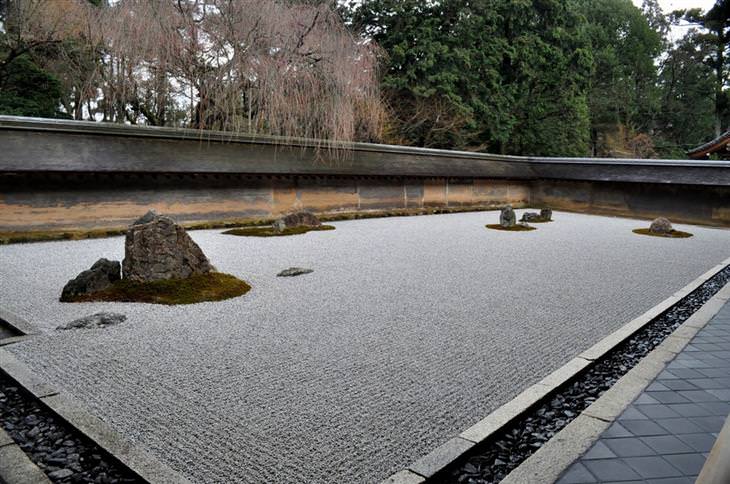

When we imagine a castle, we often picture a large and impressive Gothic structure in Europe, but Nijo Castle in Kyoto is the complete opposite, as it is entirely made of wood, not stone. This castle is considered one of 17 ancient monuments in Kyoto, all of which together have been declared a UNESCO World Heritage Site, and its surprising and refreshing design – two concentric rings with a magnificent courtyard in between – all enhave its impressive appearance. Nijo Castle was founded during the 17th century, and all the feudal lords of western Japan were required to provide assistance in financing its construction. The building itself is made of cypress wood and decorated with gold leaf, which is considered a very luxurious design item in Japan. When I stood at the entrance to the complex and looked up, I was very impressed by the ceiling studded with gold mosaic, and there is no doubt that you will also experience great awe when you stand under it yourself.
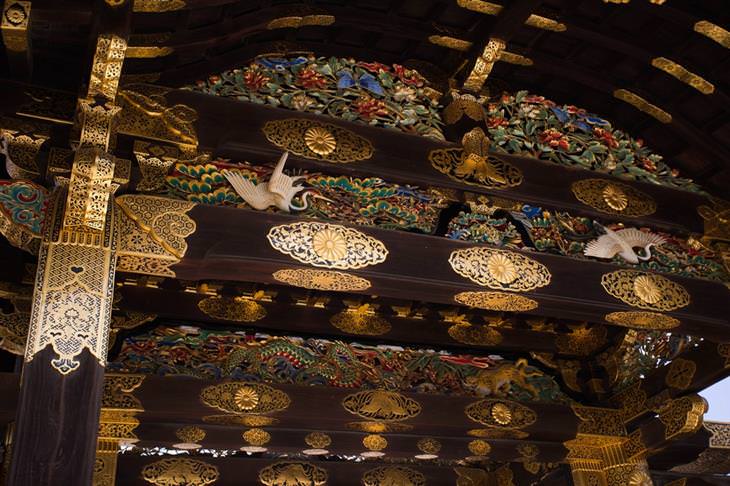
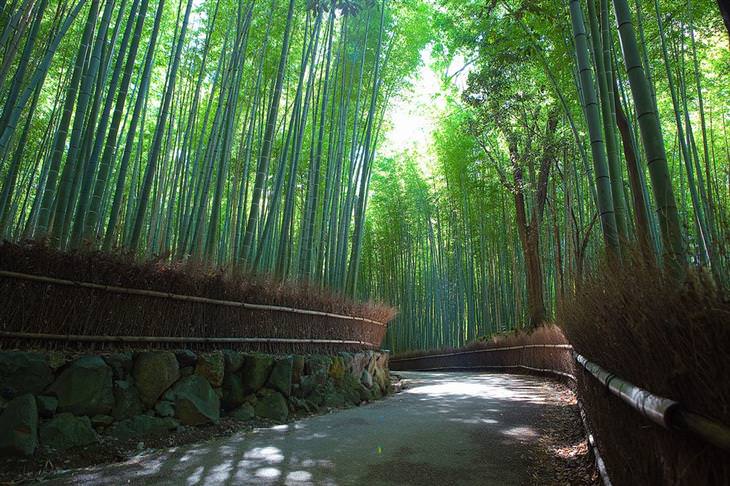
Arashiyama is a district located on the western outskirts of Kyoto, where you will find a large number of temples and sites worth visiting. Among them all, the most popular and famous destination in the area is the Bamboo Forest, which once you enter, you will experience an almost surreal feeling. It is hard for me to explain the sensation that overwhelms you when you stand between the thousands or even tens of thousands of green bamboo trees that grow tall and try to touch the sky, and if that is not enough, the many monkeys that frequent the place can amuse and fascinate any visitor. There is no need to search for them, as these monkeys are very friendly and will make sure to introduce themselves while you stroll through the forest. You have nothing to fear from them, but keep an eye on your personal belongings because once they run away, it is very difficult to catch them.

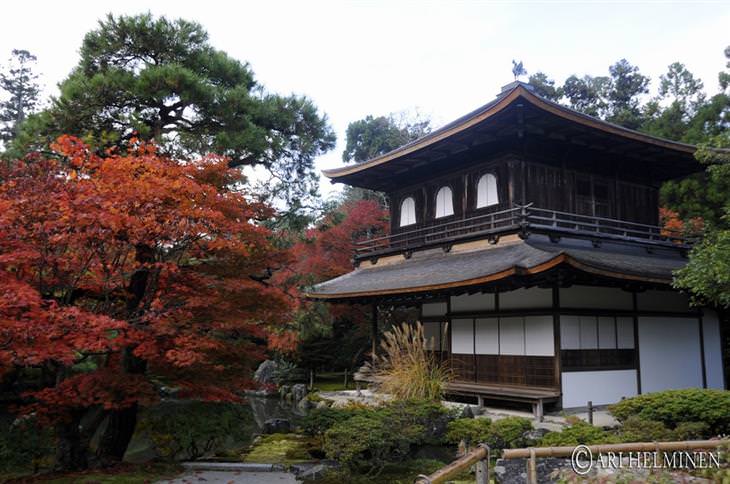
Ginkakuji Temple is the second most famous in Kyoto, also designed in the Zen style. The construction of this building was completed in 1490, and it was originally intended to serve as a luxurious retirement home, but after the death of its owner, it passed into different ownership and was converted into a temple. The building has two floors, and they planned to enhance its design with silver leaf decorations, but this plan never materialized. Nevertheless, it was nicknamed "The Silver Pavilion," although there is not a single item in it that reflects this name. Beside the temple itself, there are Japanese gardens designed by an artist named Saomi, including sand gardens shaped to resemble and symbolize Mount Fuji.
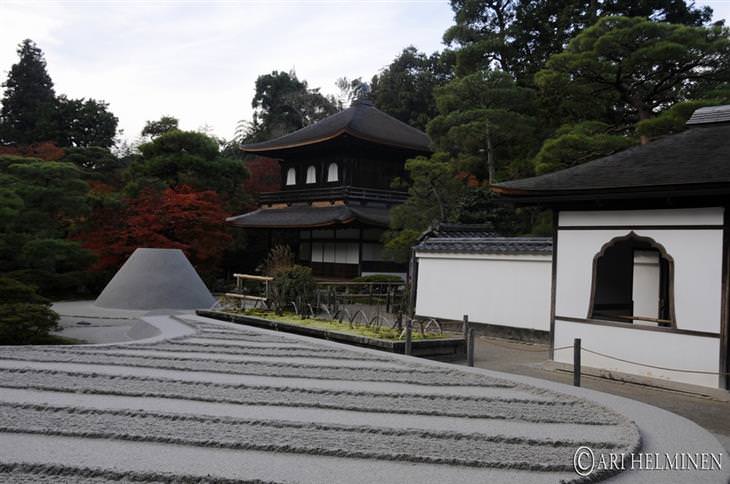
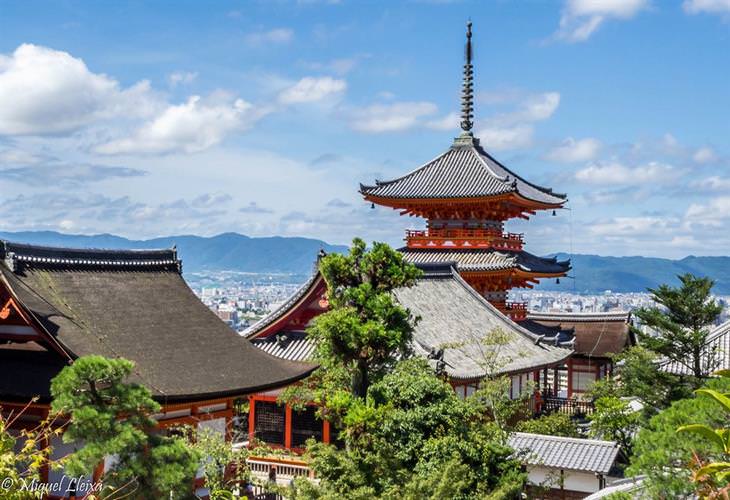
Kiyomizu-dera is an ancient Buddhist temple with references dating back to the 8th century AD. The structure that exists today was built during the 16th century, but amazingly, not even one nail holds it in place. Instead of nails, Japanese builders used advanced woodworking and impressive architectural skills to ensure that each plank and column were perfectly placed and helped support each other. The urban landscape that unfolded before my eyes from the outer balcony of the temple was in stark contrast to the feeling that visiting it created within me, making me marvel at the magnificent history of Kyoto, which spans so many years and is now showcased alongside the lives taking place in the city here and now.
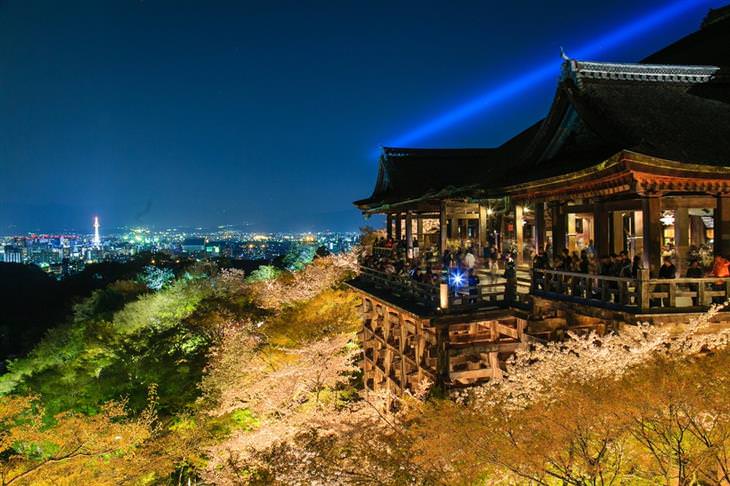

The Philosopher's Walk is a beautiful walking route that passes along a canal, with countless stunning cherry trees on both sides, providing the view that everyone would want to witness in Japan – cherry blossom. The length of the Philosopher's Walk is only about 3 km, but during the walk, you will also pass by many temples. The path was named after the famous Japanese philosopher Nishida Kitaro, who used to walk it daily as a form of meditation, and after walking this path myself, I can understand why he chose it.
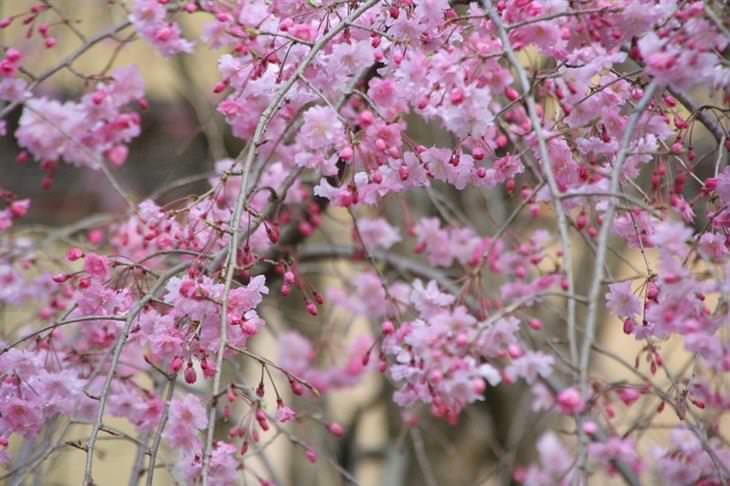
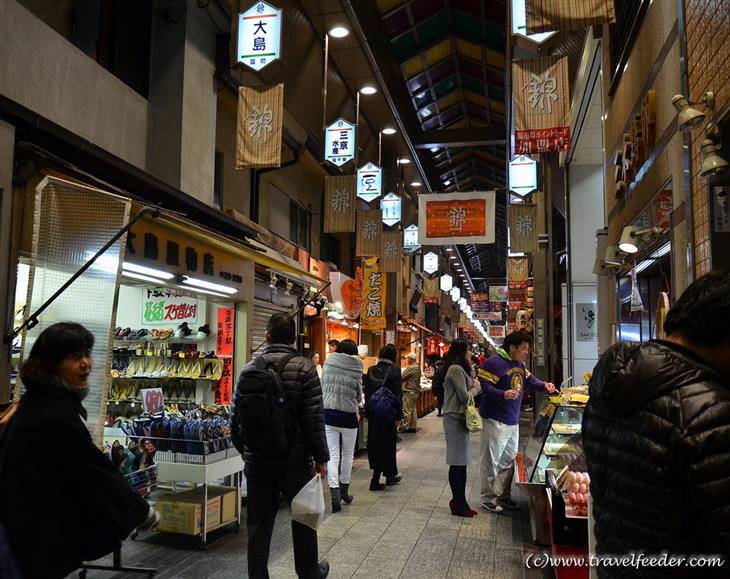
Some call it the "Kitchen of Kyoto," and not without reason. Nishiki Market is a historic and impressive place that everyone must visit when arriving in Kyoto, as it is estimated to have existed for over 400 years, and today it spans 5 streets. Upon entering the market area, I was immediately capitvated by the sights and scents of the place. You can find a variety of decorative items and clothing, as well as traditional foods that should not be missed, such as Tsukemono - Japanese-style pickles, or Wagashi, which are Japanese sweets. You can taste the food before buying it at some of the stalls, and if you are looking for a more Western meal, you will be happy to know that the market also has restaurants with food from around the world.
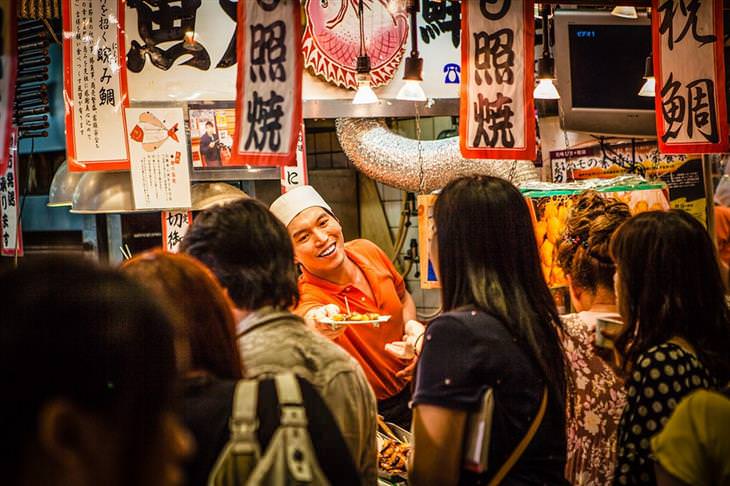
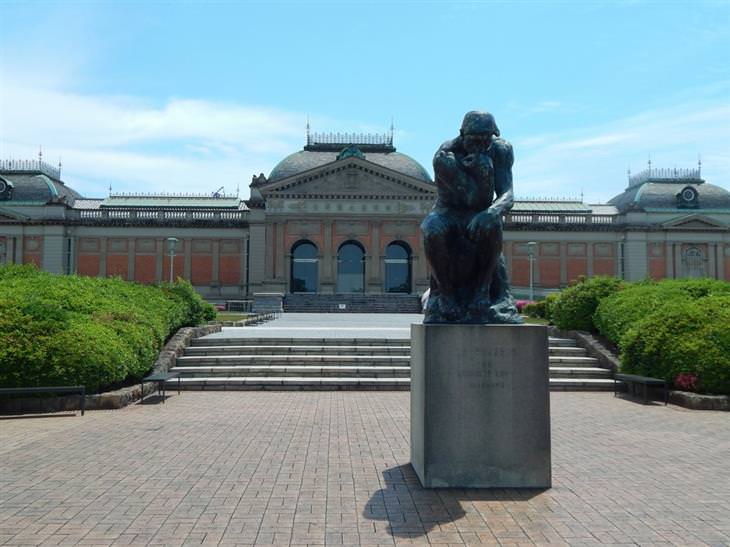
The Kyoto National Museum is one of the largest museums in all of Japan. Its central exhibits contain postmodern Japanese art and Asian art, and it has been active for over 100 years. The museum has several buildings, each with different exhibits, and initially, its role was to display only treasures that belonged to various temples and were donated to it. It is recommended to visit each of the buildings and see the different exhibits, with the largest of them being found in the main exhibition hall. If you are art lovers and want to see original Japanese works, this is the place you need to visit.
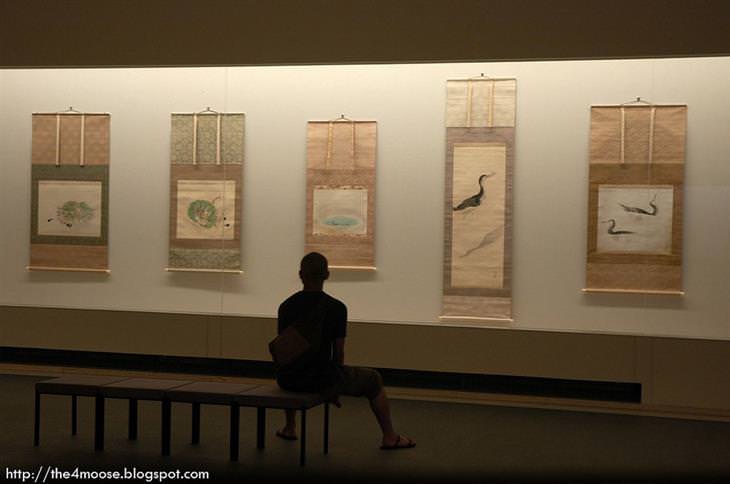
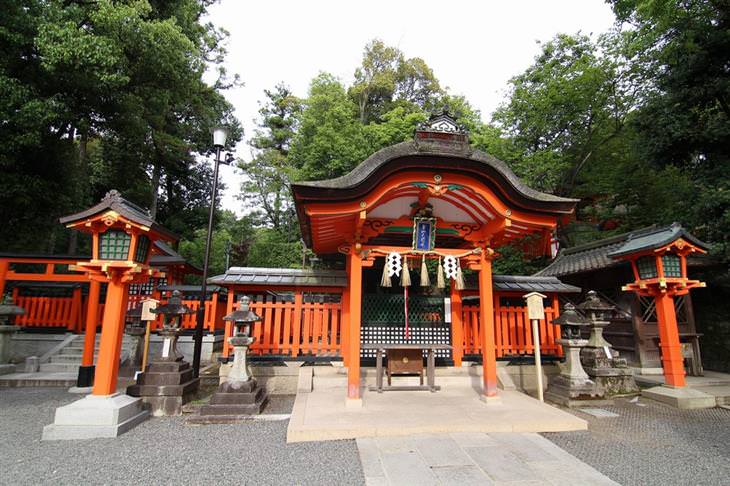
During my visit to Kyoto, the place that impressed me more than any other was the Fushimi Inari Shrine - this is a main shrine that oversees 32,000 other shrines scattered throughout Japan. It is located 230 meters above sea level, and you can easily stretch the climb to it, which includes walking under thousands of orange arches, for several hours to enjoy the view of Kyoto visible beneath it. During the Japanese New Year, millions of people come to the shrine to pray, but when you visit it, it is recommended that you look for the sellers of Tsujikura Senbei – a type of local cookie that many believe is the origin of the fortune cookies we all know.
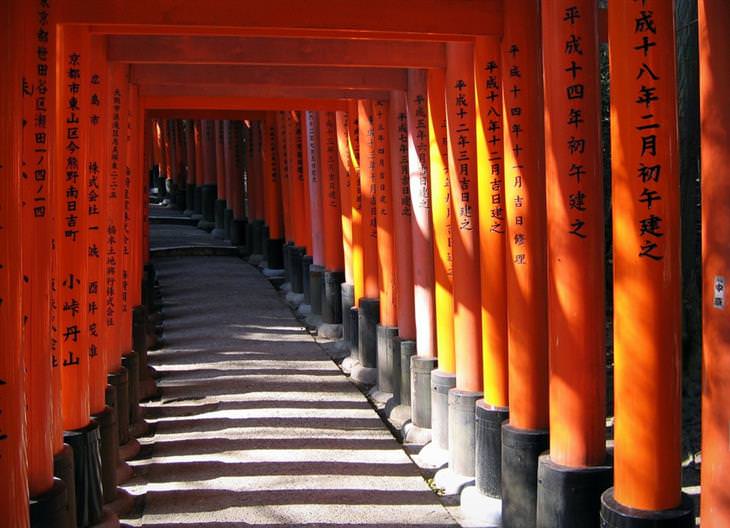
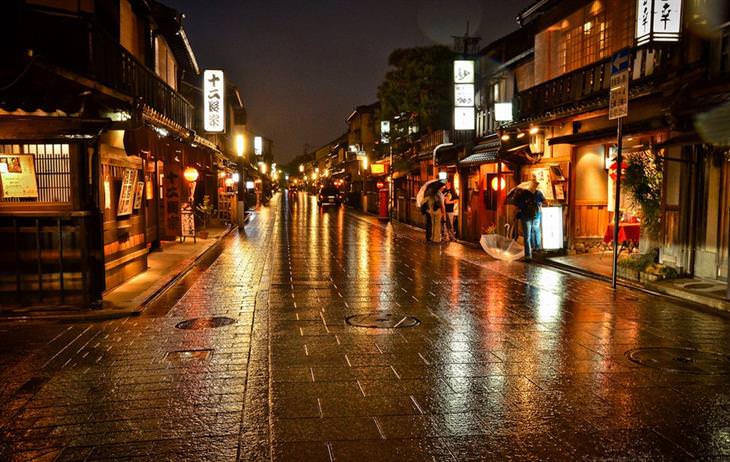
In medieval times, the Gion District was the iconic place that comes to mind when one thinks of "Kyoto." Today, the district, located on the banks of the Kamo River, is one of the few places in all of Japan where you can participate in a traditional tea ceremony conducted by Geishas – Japanese women who have turned hosting and entertaining into a form of art that takes many years to master. However, when you encounter them, do not call them Geishas, as in Gion they are called "Geiko," which in Japanese means "Woman of Art."


The most famous building in all of Japan is the Golden Pavilion in Kyoto, known among locals as Rokuonji. This is a Zen Buddhist temple that was originally a private residence, but towards the end of the 14th century, it was converted into a temple. It has three floors and combines, in an exceptional way, three types of Japanese art – Samurai, Zen, and Shinden. Its yellow-golden color gave it its name, and surrounding it are beautiful gardens, which according to their design represent the harmony between heaven and earth, and it is highly recommended to walk through them.
My trip to Kyoto was long, so I had the chance to experience and see many other things, but the 12 places I presented to you are the most recommended, ones you should not miss during your visit to this wonderful city. If you are looking for an area where you can experience both ancient and modern Japan, Kyoto is definitely the place for you!
Image sources:
Annie Guilloret,
maria martinez,
Ari Helminen 1,
Sal,
Chee Kweng Teoh 1,
Chee Kweng Teoh 2,
Casey Yee,
Dean Croshere,
Ari Helminen 2,
Ari Helminen 3,
Miquel Lleixà Mora,
bobthemagicdragon,
Wenjie, Zhang,
Eddy Chang,
Cecil Lee,
Thilo Hilberer,
Ian Hunter,
Richard Lee,
sodai gomi,
jpellgen,
David Offf,
Elvin,
Eric G,
Joe deSousa
